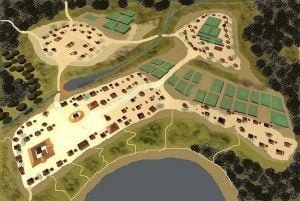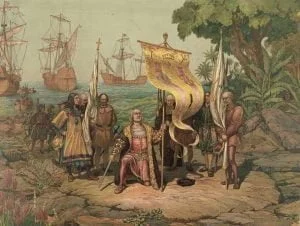Indian Warfare Between Texas and Mexico
Major Chouteau’s expedition in 1836 sought to engage with the Wichita, Kiowa, and Comanche tribes, revealing their growing tensions amid ongoing warfare. After an arduous journey, he established connections but faced challenges as the Kiowa did not honor agreements to visit Fort Gibson. Reports indicated Mexican influence inciting prairie tribes against settlers, necessitating treaties to ensure peace and safety for traders. By May 1837, Chouteau successfully negotiated a treaty with the Kiowa and others, aiming to quell rising conflicts and stabilize the region.





